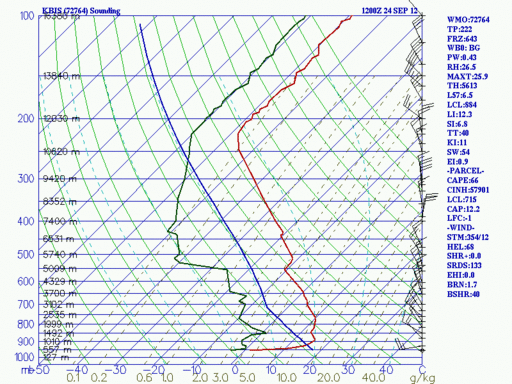So even you would not test it only at average levels - you would test it at a range of levels.
I see nothing in the study itself
(available in full here) that suggests it is a "discussion [to] lower the concentration not increase it" - it is a study of the characteristics at "high", "normal" and "low" concentrations of sulphur.
the high concentrations were done at 2700 and 2830ppm, the "normal" was a single test at 850ppm, and the low concentrations were 6 ppm.
So in fact they did test an average - "normal" level.
And what did they conclude? Well sulphur does appear to affect the numbe and size of aerosol particles - high sulphur means moer particles that are smaller. but it does not affect the amount of water ice generated or surface concentration of the contrail.
Also they conclude that the type of engine is possibly more important to the contrail characteristics than the concentration of sulphur, and that power settings may also be quite important but they could not make a conclusion about that.


